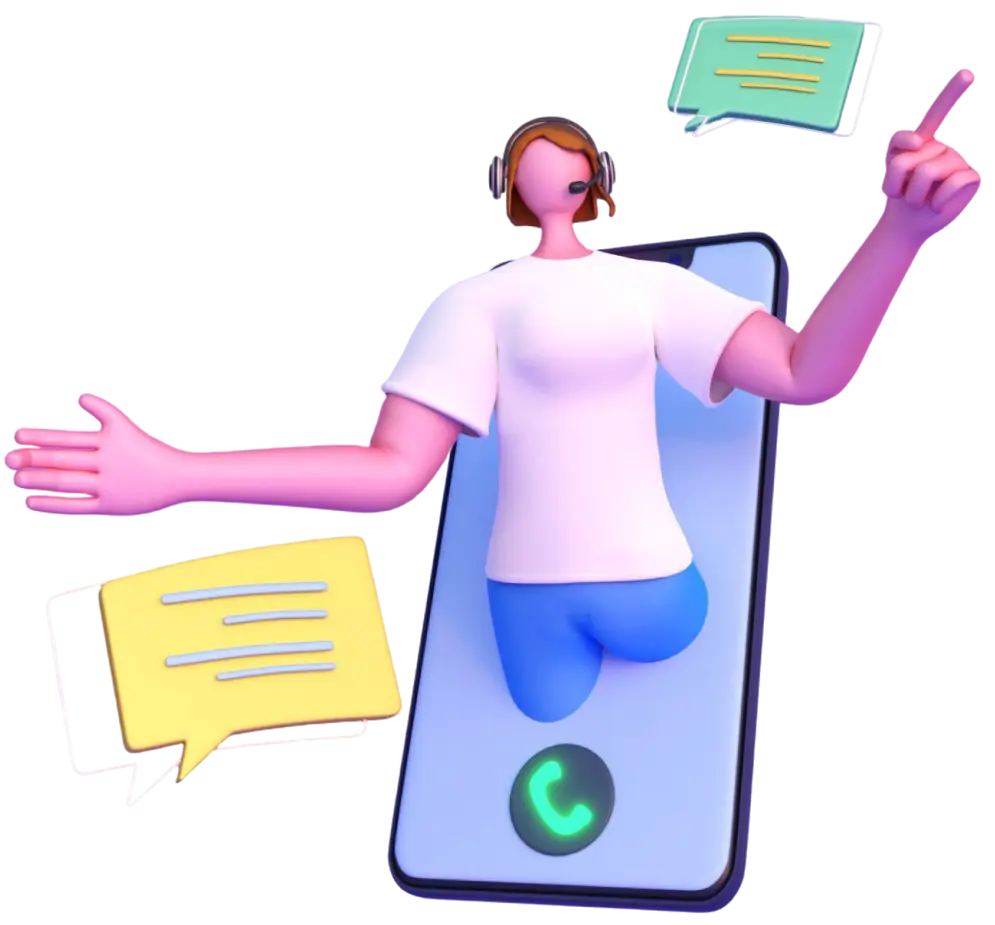Unless you’ve been living under a rock, you’ve probably seen or heard Trivago’s catchy advertisements. “Hotel? Trivago” has become an iconic tagline.
But besides being a master of marketing campaigns, Trivago has leveraged a genius business model to become one of the world’s largest hotel search platforms.
In this post, we’ll dig into what makes Trivago tick and how you can copy its tactics to build your own successful business. You can also choose our ready-made Trivago clone if you want a quick way to implement this proven model.
We’ll dig into what makes them profitable and how you too can implement such a model. Now it’s your turn to identify promising ideas that solve a real need.
The opportunity is out there. Take the first step!
What is Trivago?
Trivago is an online hotel and accommodation search platform founded in 2005 in Düsseldorf, Germany. It operates in over 55 countries worldwide and offers search and price comparison for hotels from hundreds of booking sites.
Some Important Facts About Trivago:
- Used by over 150 million travellers every month
- Has over 5 million hotels on its platform
- Generated revenue of over 934 million euros in 2018
- Currently owned by Expedia Group with a majority stake
- Known for its TV commercials and marketing campaigns
Now that you know what Trivago is all about, let’s look under the hood to understand its money-making apparatus.
The Core of Trivago’s Business Model
At its core, Trivago is essentially an advertising platform for hotels. Its website and apps allow hotels to bid for advertisement placement within its search results.
Here’s how it works:
When a user searches for hotels in a particular location and date range, Trivago aggregates prices and availability from hundreds of booking sites.
Hotels can promote their listings by bidding for ads within Trivago’s search results. The more a hotel is willing to pay per click, the higher up it will appear in the results.
This allows hotels to advertise to users who are actively looking for rooms in a particular area. So the hotels get highly relevant traffic.
Users see prices sorted from low to high, along with promoted listings marked as “ads.” When they click on a listing, the hotel only gets charged if the user ends up booking a room.
So in essence, Trivago acts as a middleman connecting hotels with users looking for rooms. But unlike typical advertising, hotels only pay Trivago if a user converts into an actual customer.
This pay-per-performance model is a win-win for both hotels and users. Let’s look at how it benefits each side:
For hotels:
- Only pay for clicks that result in real bookings, not just impressions
- Reach users when they are actively looking to book
- Appear higher in results with CPC bids
- Drive targeted bookings to fill vacant rooms
For users:
- Easily search prices across hundreds of sites
- Quickly identify best rates through sorted results
- See promoted deals at the top of search results
- Book directly with the hotel after clicking through
This genius model allows Trivago to make money while delivering value to hotels and users.
Now let’s look at how Trivago actually makes money from this.
How Trivago Makes Money
Trivago earns revenue in two primary ways:
- Cost per click (CPC) fees from hotels
When a user clicks on a hotel advertisement in search results, that hotel gets charged a CPC bid. The bid amount depends on factors like location, demand, and competition.
On average, hotels pay between $1.20 to $4.20 per click, according to Trivago’s financial filings.
- Commissions from hotel bookings
When a user books a hotel room through Trivago, the company charges a commission fee. This ranges from 15-25% of the total room price.
So if a hotel room is $100 per night. And the user books for 2 nights through Trivago. With a 20% commission, Trivago would earn $40 from that booking.
As you can imagine, this adds up fast with 150 million monthly users!
In addition to hotels, Trivago also earns money by selling ad placements to aggregators like Booking.com and Expedia. But hotel advertisements make up the bulk of its revenue.
In 2018, Trivago reported total revenue of €934 million. The core of this was facilitated by its unique business model.
Why This Business Model Works
There are a few key reasons why Trivago’s business model has succeeded:
- Creates value for both sides: As discussed earlier, it benefits both users (lower prices) and hotels (targeted bookings)
- Cost per action: Hotels only pay for clicks that result in bookings. Unlike typical online ads which charge for impressions.
- Scalability: The model allows fast growth by aggregating data and facilitating bookings. The more users, the more bookings.
- Unique offering: Being a one-stop accommodation search platform provides immense user value.
- Brand marketing: Trivago invests heavily in brand marketing with over $300M spent per year. This draws more users and hotels to the platform.
Essentially, Trivago sits in the middle of hotels and users and makes it easier for them to connect. This middleman role has allowed Trivago to scale to one of the world’s largest accommodation platforms.
So how can you copy this smart model for your own business? Let’s discuss.
How You Can Copy Trivago’s Business Model
While you may not build the next Trivago, you can certainly adapt elements of its model for your own venture.
Here is a blueprint to implement a similar model in any industry:
1. Identify a market need
Look for an industry where buyers have a hard time finding or choosing between sellers. Do your research to ensure there is a real pain point you can solve.
For example, users had a hard time comparing hotel rates across different sites before Trivago.
2. Build a discovery/search platform
Create a website or app that aggregates sellers in one place and makes it easy to search, compare, and select options. Include reviews, filters, and sorting to simplify the decision process.
3. Enable sellers to advertise
Allow sellers to promote their listings by bidding for placement in search results. This helps them reach buyers actively looking to purchase. Make advertising competitive but transparent.
4. Facilitate transactions
Once a buyer finds a seller, enable a direct transaction through your platform. This could be booking, purchasing, scheduling appointments, etc.
5. Charge sellers for verified actions
Instead of charging sellers upfront, have them pay only when buyers engage – like Trivago’s cost per click + commission model. This ensures you get paid for providing real value.
6. Focus on user experience
Constantly improve features and design to keep users engaged. The more users you have, the more revenue you can generate from seller advertising and transactions.
7. Reinvest profits
Fuel growth by reinvesting revenue into platform improvement, more salespeople, marketing activities, and brand building. Growth will further attract sellers.
8. Expand revenue streams
Once established, look for additional income like selling data insights about buyers to sellers. But keep your core model aligned to your users’ needs.
This model likely won’t make you a billion dollars like Trivago. But the same principles can be applied on a smaller niche or geography to build a sustainable and scalable business.
The key is to always focus on creating value for both buyers and sellers. Revenue will follow.
To Wrap Up
Trivago’s business model works because it solves real problems for hotels and users. While becoming an aggregator at the scale of Trivago is tough, the same principles of providing value to both buyers and sellers can be applied to build any successful business.
We hope this post provided you clarity on what makes Trivago profitable and how you too can implement such a model. Now it’s your turn to identify promising ideas that solve a real need. If you’re interested in creating a hotel search site like Trivago, this step-by-step guide on how to create a website like Trivago covers the key technical and business aspects to consider.
The opportunity is out there. Take the first step!
Frequently Asked Questions
What market should I target with this model?
Look for verticals where discovery is an issue and transactions happen online. Some examples – travel, real estate, automotive, home services, healthcare, recruitment. Go niche before going broad.
How much should I charge sellers initially?
Start with a low, variable charge per action like click or booking to cover costs rather than optimizing for profits. As you scale, you can increase commissions.
How do I get initial sellers and buyers onboard?
You may need to reach out to sellers directly explaining the value proposition to get early adopters. For users, focus on building a high quality platform and utilizing SEO, content marketing, promotions to gain organic traction.
How can I compete against big players?
As a startup, focus on winning a niche segment that big players overlook before expanding. Provide specialized value propositions and superior customer service.
What if sellers don't want to pay per click?
The pay per performance model is proven to provide return on ad spend. But you may need to offer bundled packages or monthly plans for hesitant sellers. Just focus on flexibility.







